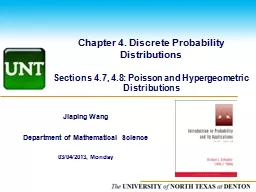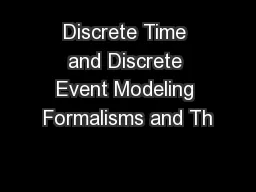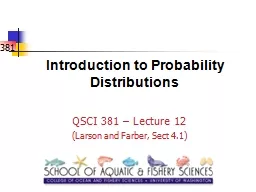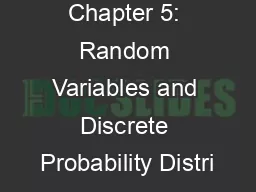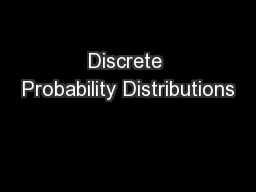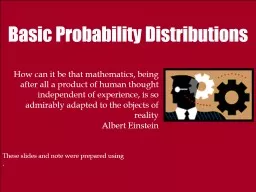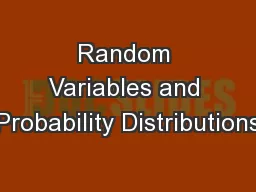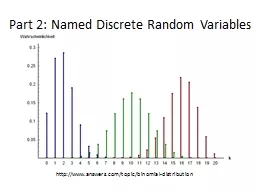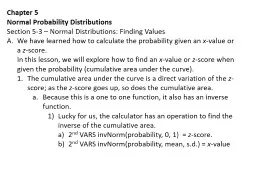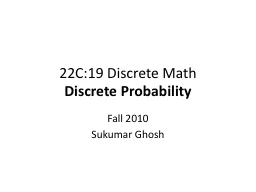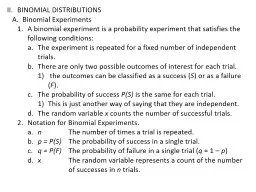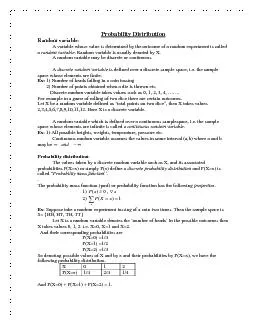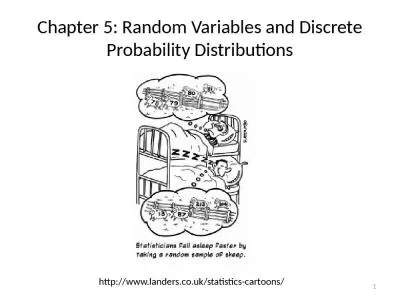PPT-Chapter 4. Discrete Probability Distributions
Author : cheryl-pisano | Published Date : 2017-07-12
Sections 47 48 Poisson and Hypergeometric Distributions Jiaping Wang Department of Mathematical Science 03042013 Monday Outline Poisson Probability Function Poisson
Presentation Embed Code
Download Presentation
Download Presentation The PPT/PDF document "Chapter 4. Discrete Probability Distribu..." is the property of its rightful owner. Permission is granted to download and print the materials on this website for personal, non-commercial use only, and to display it on your personal computer provided you do not modify the materials and that you retain all copyright notices contained in the materials. By downloading content from our website, you accept the terms of this agreement.
Chapter 4. Discrete Probability Distributions: Transcript
Download Rules Of Document
"Chapter 4. Discrete Probability Distributions"The content belongs to its owner. You may download and print it for personal use, without modification, and keep all copyright notices. By downloading, you agree to these terms.
Related Documents

